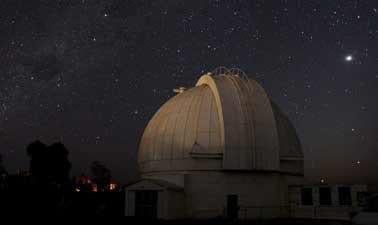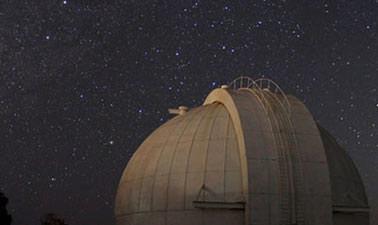Brian Schmidt
Brian Schmidt is a Laureate Fellow and Distinguished Professor at The Australian National University's Mount Stromlo Observatory. Brian was raised in Montana and Alaska, USA, and received undergraduate degrees in Physics and Astronomy from the University of Arizona in 1989. Under the supervision of Robert Kirshner, he completed his Astronomy Master's degree (1992) and PhD (1993) from Harvard University. In 1994 he and Nick Suntzeff formed the HighZ SN Search team, a group of 20 astronomers on 5 continents who used distant exploding stars to trace the expansion of the Universe back in time. This group's discovery of an accelerating Universe was named Science Magazine's Breakthrough of the Year for 1998. Brian Schmidt joined the staff of the Australian National University in 1995, and was awarded the Australian Government's inaugural Malcolm McIntosh award for achievement in the Physical Sciences in 2000, The Australian Academy of Sciences Pawsey Medal in 2001, the Astronomical Society of India's Vainu Bappu Medal in 2002, and an Australian Research Council Federation Fellowship in 2005. In 2006 Schmidt was jointly awarded the Shaw Prize for Astronomy, and shared the 2007 Gruber Prize for Cosmology with his High-Z SN Search Team colleagues. For his work on the accelerating universe Brian Schmidt was awarded the 2011 Nobel Prize in Physics, jointly with Adam Riess and Saul Perlmutter. He is a Fellow of the Australian Academy of Science, The United States Academy of Science, Royal Society, and Foreign Member of the Spanish
Royal Academy of Sciences. In 2013, he was made a Companion of the Order of Australia.
Brian is continuing his work using exploding stars to study the Universe, and is leading Mt Stromlo’s effort to build the SkyMapper telescope, a new facility that will provide a comprehensive digital map of the southern sky from ultraviolet through near infrared wavelengths. Schmidt also runs Maipenrai Vineyard and Winery, a 2.7 acre vineyard and small winery in the Canberra District which produces Pinot Noir.
More info: https://www.mso.anu.edu.au/~brian/




